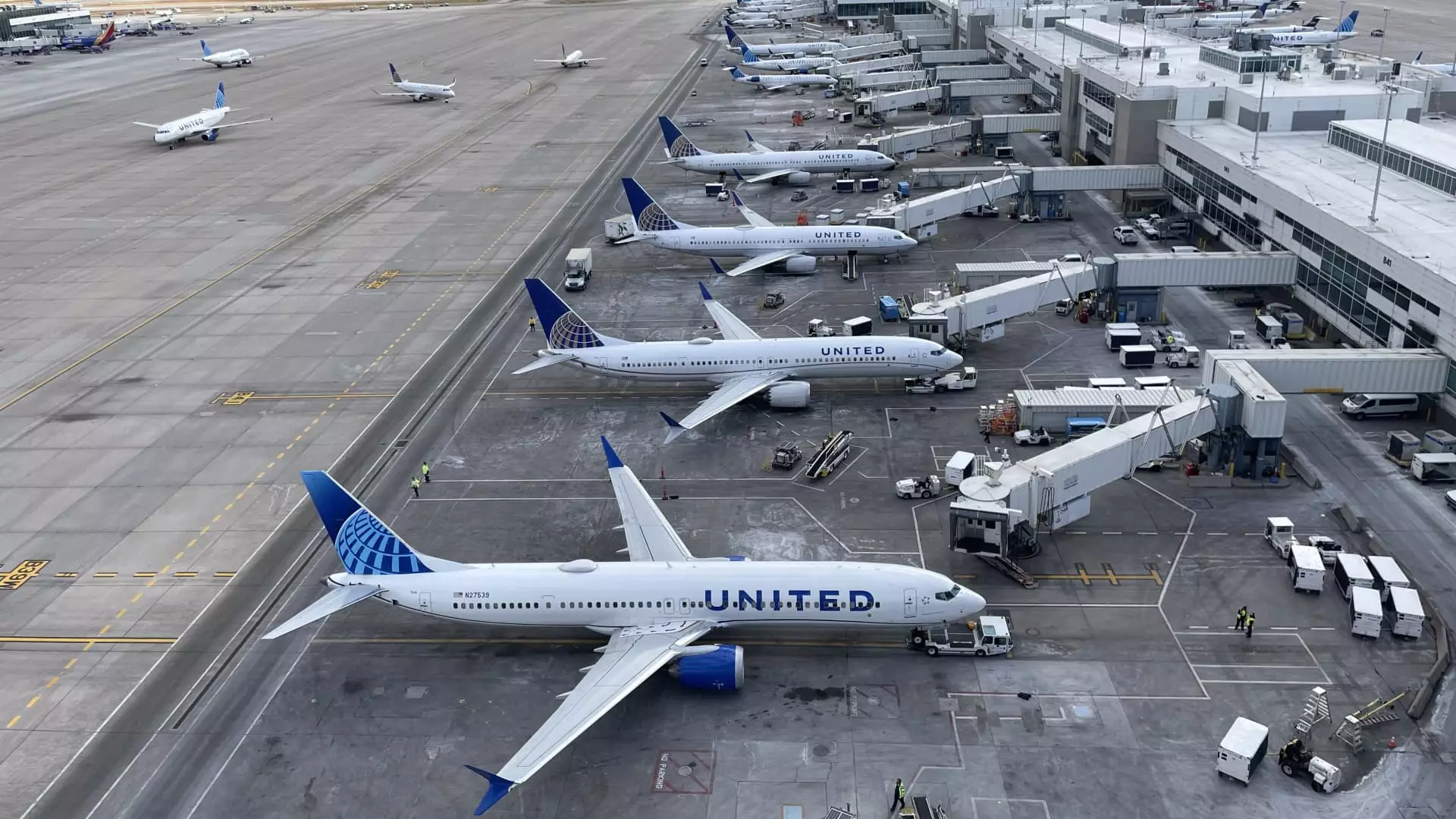United Airlines recently reported a second-quarter profit increase of over 20%, largely attributed to strong international travel demand. The carrier earned $1.32 billion, or $3.96 per share, in the three months ended June 30, up from $1.08 billion, or $3.24 per share, a year earlier. Adjusting for one-time items, United’s second-quarter earnings were reported at $4.14 a share, surpassing analysts’ expectations of $3.93. However, revenue of $14.99 billion fell slightly short of the expected $15.06 billion mark.
Despite a strong performance in the second quarter, United Airlines provided a third-quarter forecast that was below analyst estimates. The carrier expects to earn between $2.75 and $3.25 a share on an adjusted basis, lower than the $3.44 a share estimated by analysts. This lower forecast is attributed to an oversupply of flights that has put pressure on fares. Analysts have noted that an increase in U.S. domestic capacity has been impacting airfares across the industry.
Industry Challenges
United Airlines, along with Delta Air Lines, has been facing challenges due to increased domestic capacity that has been weighing on airfares. Despite record demand, many carriers have been struggling to maintain profitability. To combat this, United has been focusing on adding international flights and premium offerings to attract travelers willing to pay more for a better flying experience.
Revenue Analysis
One area where United Airlines has seen success is in its premium revenue, which grew by more than 8% from the previous year. Additionally, sales from the most restrictive basic economy tickets rose by 38%, indicating that the carrier is catering to a wide range of travelers. United expanded its domestic flying by more than 5% in the second quarter, but unit revenues fell by more than 1% compared to the previous year. Despite this, yields on flights to and from Europe saw an increase of more than 5%.
United CEO Scott Kirby remains optimistic about the future, stating that airlines have begun to trim their schedules to address the oversupply issue. Kirby anticipates an inflection point in mid-August that will moderate the supply of flights and improve unit revenue performance in the second half of the third quarter. This strategic move is aimed at ensuring long-term profitability for United Airlines.
While United Airlines has shown strong performance in the second quarter, there are challenges ahead for the carrier and the industry as a whole. By focusing on strategic growth opportunities and addressing issues such as oversupply, United Airlines aims to navigate these challenges and continue to deliver value to its shareholders and customers.

